Pathologic 2 has proven to be game journalists’ worst enemy, because it is a challenging game. We mentioned this here, but in this review we will actually give the game a fair shake.
Despite the name, Pathologic 2 is not a sequel to any game, it is a reimagining of Pathologic (a 2004 game that was also remastered in the past as Pathologic: Classic HD, so yes there are three versions of this game). Quite confusing! So you only need to play Pathologic 2, as it is Ice Pick Lodge’s ultimate statement for their flagship game.
It is a first-person survival and mystery game where you currently take on the role of Artemy Burakh, also known as The Haruspex, which in ancient Rome was a religious official who interpreted omens by inspecting the entrails of sacrifical animals. This gives some insight into the role you will play, as Burakh is a surgeon who belongs to the Steppe. It is set in a place called Town-on-Gorkhon, which resembles an earlier 20th century remote Russian town whose primary source of income is export of meat products from its slaughterhouse. The game also has many dark fantasy elements.
Burakh returns from studying abroad after being mysteriously summoned by his father. When he arrives, he learns that his father has been murdered, so your initial task will be to investigate this. Things change when the “Sand Pest” plague breaks out in the town, a plague resembling the Black Death with even greater lethality. This becomes the focus of Pathologic 2, as the name suggests.
Note that the original Pathologic had three playable protagonists with three very different versions of the story. This is not yet implemented in Pathologic 2, but it will be eventually. The ending of Pathologic 2 (at least one consistent part of its many endings) implies that Daniil Dankovsky, also known as the Bachelor, will be the next playable character, which would make the Changeling the last one.
Still, despite only having one protagonist of the three planned, I clocked 33 hours into Pathologic 2, which is on the high side for a single playthrough but that is Steam’s count which just counts how long the application runs for. Plus, I died and lost a lot of progress a few times. But there is so much variation in the story depending on your successes or failures, that one protagonist is good for no fewer than three playthroughs, even though subsequent replays will be somewhat easier as the mystery behind the Sand Pest plague will be known to you.
Pathologic 2 greets you with a prologue set during the later sequences of the game, near the end as the plague has gotten out of control and the military is about to bombard the city with artillery in response. It seems like Burakh has failed in his task to cure it – this is Ice Pick Lodge telling you that Pathologic 2 is basically the continuation of a failed Pathologic Classic playthrough, similar to how XCOM 2 is the continuation of a failed XCOM: Enemy Unknown playthrough.
Then comes a series of bizarre events in which a theater director gives you another chance, and the game starts before the outbreak. You are then introduced to a number of dream-like sequences containing foreshadowing and symbolic storytelling, immediately introducing the player to some of the most bizarre aspects of the game.
Once you finally set foot into town, after murdering some people who are seemingly trying to rob you, the countdown begins. Pathologic 2 takes place over the course of 12 in-game days, and time speeds up on each one. Time moves very quickly in Pathologic 2, especially in its later stages. Too quickly I think; I understand why it moves so quickly, and it is even explained why time seems to speed up (though this should only happen after day 7, instead it speeds up every day). The motto of Pathologic 2 after all is “You can’t save everyone” and the rapid time progression (starting at 1 real world minute being equal to 14.5 in-game minutes, and ending at over twice that in the later days), but I would propose slowing it down just a bit.
In any case, working against the clock is one of the main sources of tension in the game. You will also have to manage your hunger, thirst, fatigue/sleeping, plague immunity levels, and physical damage. It is a full fledged survival experience.
Of all games I’ve played, Pathologic 2 is one of those that feels most alive. This is primarily due to how responsive the story is to the player’s successes and failures. It is absolutely brutal with this, more brutal than perhaps any RPG and it changes itself more than most RPGs. This makes it the best game to do an incompetent playthrough in, as it is most responsive to it. The game even remembers your deaths, even if you reload an earlier save, and punishes you somewhat for them; as far as I can tell, it increases infection rate and decreases survival rate, but the changes don’t seem drastic.
Despite this, it is not an RPG. Burakh is a predefined character and while you can guide his allegiances and make some choices along the way, his personality is too predefined for it to qualify as an RPG, not to mention his physical composition is entirely predefined. Not that this takes away from the game at all, absolutely not.
When the plague hits, the districts that become designated infected districts, in which the air is unsafe to breathe and everything is unsafe to touch, are seemingly chosen at random. Pathologic 2 is a character focused game and you have to choose who you want to save. Anyone in an infected district has a chance of becoming infected; you can lower this with immunity boosting medicine, for which there are many kinds. Of course, you can be infected as well.
Burakh is not only a surgeon; he also has the ability to brew tinctures, which you make by gathering different types of plants. Later, this evolves into trying to create a panacea to cure the plague, by mixing tinctures with infected organs or blood. This chemistry becomes a major gameplay mechanic of the game next to diagnosing and treating patients, performing surgeries, the survival elements, and most of all the character interactions and all the investigations you’ll be carrying out.
Investigating what, you ask? Not just the murder of Burakh’s father, but other events, many of which occur dynamically and may not even occur in your playthrough. Pathologic 2 pressures the player into setting goals and prioritizing, and boy do you feel the pressure especially as time goes on.
Burakh has one other unique talent: his Steppe background gives him a unique connection to the Earth, which will provide you with hints as you play. So Pathologic 2 isn’t even as brutal as it could’ve been.
Dialogue is very interesting throughout; it is designed to make every important character into an actual unique, believable person, which is unlike most games where characters only serve as vacant plot devices. With that said, some of the dialogue feels a bit familiar, as if you can still see the writer in it.
Pathologic 2 is not like other games. In most games, including more open ended ones that are naturally more comparable to Pathologic 2 (such as RPGs), many quests are repetitive and/or even cyclic. Things like fetch quests, or “go to this marked place and kill everything there, then return for your reward,” etc. This is not the case in Pathologic 2, where every single “quest” is 100% unique and story driven. Quests pop up dynamically depending on your progress, many don’t have any sort of markers although most do. Quests will involve lots of dialogue and unique world interactions, but it is not like Disco Elysium in which the majority of the game is passing or failing skill checks. There are no skill checks here. You will carry out investigations, try to wrap your head around bizarre mysteries, engage in what some would describe as puzzle gameplay, find yourself in difficult combat or stealth related situations, gameplay is very diverse.
After the plague infects the town and the hospital is set up in the theater, the hospital will offer one quest per day, for most days in the game’s 12 day span. These also vary wildly; one day I had to harvest a certain number of organs to be studied, another day I had to separate dead bodies from living patients because the hospital had not been taking care of properly. One day I had to outright cure someone in order to prove to the Inquisition that it could be done, but I failed this. Another day I had to test out a theory; an orderly in the hospital believed that “even numbers are bad luck” with regards to the plague, so I merely had to remain in the hospital alone for an in-game hour to see how true that was. In theory I should have been safe, since I was “the one and only.” During that in-game hour (which is only a few real world minutes), plague clouds slowly stalked me and I had to evade them. When nobody arrived to relieve me after an hour (part of the quest), I lost my patience and left.
When playing Pathologic 2, you really step into the protagonist’s shoes and become him. This is absolutely one of the utmost immersive games ever made.
One of the specialties of Pathologic 2 is world building. This town is such an interesting place full of clashing cultures and people. I would define the main cultures as follows:
- The Children – The children of this town have their own very interesting culture. They are quite independent of their parents and tend to live separately, most prominently in the Polyhedron, a massive tower that defies known physics. The children… know things. Hear them out.
- The Kin – The Steppe people, children of the earth, almost druidic in nature. The Kin includes the Odonghs (worms), who are not even human.
- The Kains – One of the three ruling families, The Kains are led by Georgiy Kain who was married to the late Nina Kaina, one of the three Mistresses (essentially a witch). They are responsible for judicial authority of the town. The Kains are a progressive bunch (Utopians), and will be the sponsor of the Bachelor when he becomes a playable character.
- The Olgimskys – One of the three ruling families, The Olgimskys are led by Big Vlad, who was married to the late Victoria, another Mistress. They control the Bull Project (the slaughterhouse), so they are most responsible for trade and economy. They embody the ideals of the Termites, which includes the town’s children. They believe in the preservation of the town, and they sponsor the Haruspex (Burakh).
- The Saburovs – One of the three ruling families, the Saburovs are led by Alexander Saburov, who is married to the last surviving Mistress, Katerina. They hold the Executive branch. They embody the ideals of the Humbles, who follow the philosophy of humility. They sponsor the Changeling.
- The Inquisition – Official branch of the government sent later in the game to stem the tide of the plague. Represented by Aglaya Lilich during the events of the game. At odds with the military.
- The Military – Sent late in the game to bombard the town with artillery of the Inquisition fails to cure the plague. At odds with the Inquisition. The military itself is unstable and essentially splits into two factions with tons of infighting.
You will also encounter various gangs, and most of all unique individuals with their own personalities and motives, many of whom may keep you in the dark. Pathologic 2 benefits from a very strong cast.
As you play the game after the plague breaks loose, you will have to prioritize which people you want to focus on saving, since you really can’t save them all. Not even close. You will have to decide whether to step into your father’s shoes like he wanted you to; one of the things he wanted was to protect the children first and foremost, since they are the key to the future. This choice is yours to make. You will also have to choose between The Kin and the town itself, as they are often in opposition of one another. Make your choices and stick to them, indecisiveness will just kill everyone.
Pathologic 2 will play out differently every time, this is one of the things that makes it so fascinating. It will of course be at its best on your very first playthrough though, as the mystery of the Sand Plague eludes you for so long. Pathologic 2 is filled with foreshadowing, as well as bizarre symbolic and metaphoric storytelling; these are most prominent in the theater every night, which hosts a unique performance filled with these elements. They also manifest when talking to peoples’ reflections, which are the strange costumed/masked entities you will sometimes see, seemingly revealing a character’s inner thoughts. And of course, they can be found in almost prophetic dream sequences as well.
It is a brutal survival game, an enthralling mystery game, and you will grow to care about at least some of its characters. Failure will weigh heavily on you. Many gamers, especially game journalists, cannot handle this tension or pressure. They cannot handle the fact that you CANNOT fully succeed in Pathologic 2; even if you make no mistakes, the Sand Pest is relentless and will kill many important characters. Pathologic 2 induces a feeling of hopelessness very often, sometimes you might need a break from it, but that highlights its effectiveness.
If you’re able to actually learn the answers behind the plague, your father’s killer, and various mysterious characters in the town (we don’t want to spoil it), it proves to be very rewarding. On top of the solid world building and intriguing characters and cultures, in general Pathologic 2 tells a riveting story, and tells it with a burning passion. This is not some churned out half-assed product, it feels like this game was written by a talented and experienced writer while he/she was suffering from a horrible illness. Succeeding in this game in general is very rewarding, among the most rewarding of any game since it is so far from guaranteed especially on your first playthrough.
Pathologic 2 features somewhat dynamic AI, albeit it is prone to some bugs (e.g. two guys who are supposed to be fighting instead are having a staring contest). They move around the town and pretend to interact with one another. You’ll spend a lot of time looting trash cans and abandoned homes for food and other equipment (don’t skimp on this), as well as trading, and loot is always randomized. It is immersive to see NPCs turn off their lights at night in their homes to go to sleep, but it is a problem that the game never seems anywhere near as populated as it should be. In my playthrough for example, about 10,000 residents died to the plague (a bit more in fact). But just playing the game, it doesn’t seem like the town would even have a significant fraction of that.
I’m sure Ice Pick Lodge would’ve liked to add more NPCs, but the optimization of the game is bad enough so it wouldn’t be able to handle it. Yes, Pathologic 2 is another Unity engine game that’s a technical mess. It runs worse than the vast majority of better looking titles out there.
Mechanically, Pathologic 2 is quite good. The hand to hand combat is not as clunky as it looks; not clunky at all in fact, it is very responsive to player input. You can throw regular punches, more exhausting power punches, and block normal attacks but not power attacks. Blades are deadly, don’t go hand to hand with someone with a knife. Pistols in the game are a bit weak as one headshot is not lethal, but two are.
But there is one issue here: you will be doing combat with thugs, who increase in numbers as the plague outbreak continues to get worse. This is realistic. What’s not realistic however is that all of them are bloodthirsty murderers. If they see you, or any NPC, they go straight for the kill. Later in the game, every single one of them will have bladed weapons, making even one a real threat. Why on earth do all of them want to kill everyone they see (aside from each other?) Especially you, the town’s doctor.
Ice Pick Lodge should’ve made them merely stop the player if they catch them, then dialogue would begin in which they demand what’s in your pockets. Refusal would then lead to a fight, that often shouldn’t escalate to murder due to your status as the town’s doctor. Thankfully you can avoid most combat by using stealth, which triggers a slow moving mode where you become very hard to see.
There are other laughably unfair situations that can happen in Pathologic 2, like at the end of the video above. It makes sense that you can’t just hide in an abandoned house from a thug, but they shouldn’t just… teleport in like that. Also, why don’t thugs fight each other? It would be realistic if at least some did, since they’re greedy looters.
When a day ends, you will also see people despawn in front of you which can be momentarily immersion breaking.
Traditionally, a game with Pathologic 2’s quest design, nonlinearity, and duration have RPG inspired gameplay in which you level up or become more powerful as the game progresses. This is how RPGs work as well as first person games that are similarly nonlinear and take after RPGs such as Deus Ex or even S.T.A.L.K.E.R. which is barely RPG inspired. Either way, that’s not the case with Pathologic 2. You grow weaker as the game progresses; not only does time speed up but survival becomes much more difficult, your max HP ends up being reduced compared to the early portions of the game due to malnutrition. Pathologic 2 is the opposite of traditional game design.
This alone is why many mainstream gaming outlets rate it poorly, but this is not inherently a bad thing. We don’t punish creativity here at GND-Tech. This gameplay loop mostly works quite well. It makes the game intimidating, makes it one of few games deserving of being called difficult especially due to how it prohibits save scumming.
Luckily, Ice Pick Lodge implemented difficulty sliders to control hunger/thirst/fatige rate and damage (and more), because the game needs it. Otherwise the synthetic difficulty is just through the roof; at the default “recommended” settings, if you don’t eat a whole meal every 90 in-game minutes or so, then you’re going to die of starvation. No thanks. I suggest setting hunger rate and damage to the minimum settings. Thirst is never a real issue in the game unless you are really bad at managing yourself.
So as it is, the synthetic difficulty you can’t get rid of are the fact that every thug is a bloodthirsty murderer (except when it comes to each other), and time being incredibly fast. I suppose there is still some synthetic difficulty with hunger – even the game’s most filling meals are not very filling. Synthetic difficulty in most games, including this one, is really a deficiency on behalf of the developer, so there are times where I took matters into my own hands, pressed CTRL + SHIFT + F5 to open the game console, and edit my hunger level to ensure that a full fledged meal such as an entire fish, an entire can of some kind of meat, or an entire army ration is actually filling.
Ice Pick Lodge has done a wonderful job patching the game to fix issues, and they even improved performance. Bugs and stability don’t seem to be an issue anymore, although performance still is. Visually, the game is spot on artistically, and showcases some of the most detailed level design I’ve ever seen, changing too as events happen throughout the game. Storms and plague infected town districts are unbelievably immersive! Really amazing work even if technical graphics are good but far from the best.
The biggest issue visually with Pathologic 2 is its animations; it has some shockingly low frame rate animations that look like slideshows next to the rest of the game. When I say low frame rate, it looks like 20 FPS to me. This doesn’t always happen; you’ll only see it during certain NPC running animations and perhaps a few others.
Luckily, they didn’t exactly skimp on sound quality either. Most notably are footsteps which generate very different sounds on every surface, and whether that surface is dry or wet. Otherwise it’s a rather quiet game with an excellent soundtrack, but minimal voice acting.
Here is a technical breakdown of Pathologic 2:
| 64-bit | Yes |
|---|---|
| Linux Support | No |
| Graphics API | DirectX 11 |
| Frame Rate | Unlocked |
| High Resolution Support | Yes |
| Ultrawide Support | Yes |
| High Refresh Rate Support | Yes |
| Borderless Windowed Support | Yes |
| VR | No (Unity VR mod breaks it) |
| Display HDR | No (force with Special K) |
| Shader Compilation Stutter | No |
| Ray Tracing | No |
| Mesh Shader Virtual Geometry Pipeline | No |
| NVIDIA Micro-Meshes | No |
| Advanced Distance-Based Level Streaming System with No Loading Screens | No |
| Variable Rate Shading | No |
| Sampler Feedback Tiled Texture Streaming | No |
| Sampler Feedback Texture-Space Shading | No |
| DirectStorage/RTXIO | No |
| Multicore CPU Support | 4-8 cores |
| GPU Physics | No |
| Adjustable FOV | Yes |
| Anisotropic Filtering | 16x |
| Anti-Aliasing and Upscaling | FXAA Downsampling |
| Sound API | Native Unity |
| Sound | Up to 7 channels |
| Dolby Atmos | No |
| UI Scaling | Yes |
| “Analog” Keyboard Support | Yes |
| Debug Console | Limited |
| Modding | Not Native |
Ultimately, I had very high expectations for this game which is extremely rare for me as I have a very low opinion of modern day video games, but Pathologic 2 met those expectations. It highlights wonderful world building and a riveting story that is one of the most dynamic and responsive stories in gaming, it succeeds as a brutal survival experience. Every minute of the 33 hours I played had me hooked, every time something major happened I was enthralled. Pathologic 2 builds up wonderfully and then pays off even more impressively, and it does all of this with few issues unlike the original. It receives a top recommendation from me.
Strengths
- Story, world building, character development, writing is generally a strong point for this game
- Atmosphere and immersion, where Pathologic 2 is a true expert
- This game actually has a soul and was made with passion, which is more than I can say for most games. It is not the result of publishers and developers fighting over a product, resulting in an incoherent vision and final game, rather this is a specific story and experience that passionate creators wanted to craft.
- Level design
- Well designed chemistry and surgery/treatment mechanics
- Immersive visual effects, most of all plague districts and weather effects
- Excellent soundtrack
Weaknesses
- Performance issues, poor optimization
- Occasional jarring graphics and texture pop-in
- Some synthetic difficulty – every thug being a bloodthirsty murderer, thugs teleporting into buildings to kill you under certain circumstances, meals not being filling. I also think time moves a bit too fast, but that is fully deliberate design.
- The language used throughout the game’s dialogues could do with being more unique for certain characters




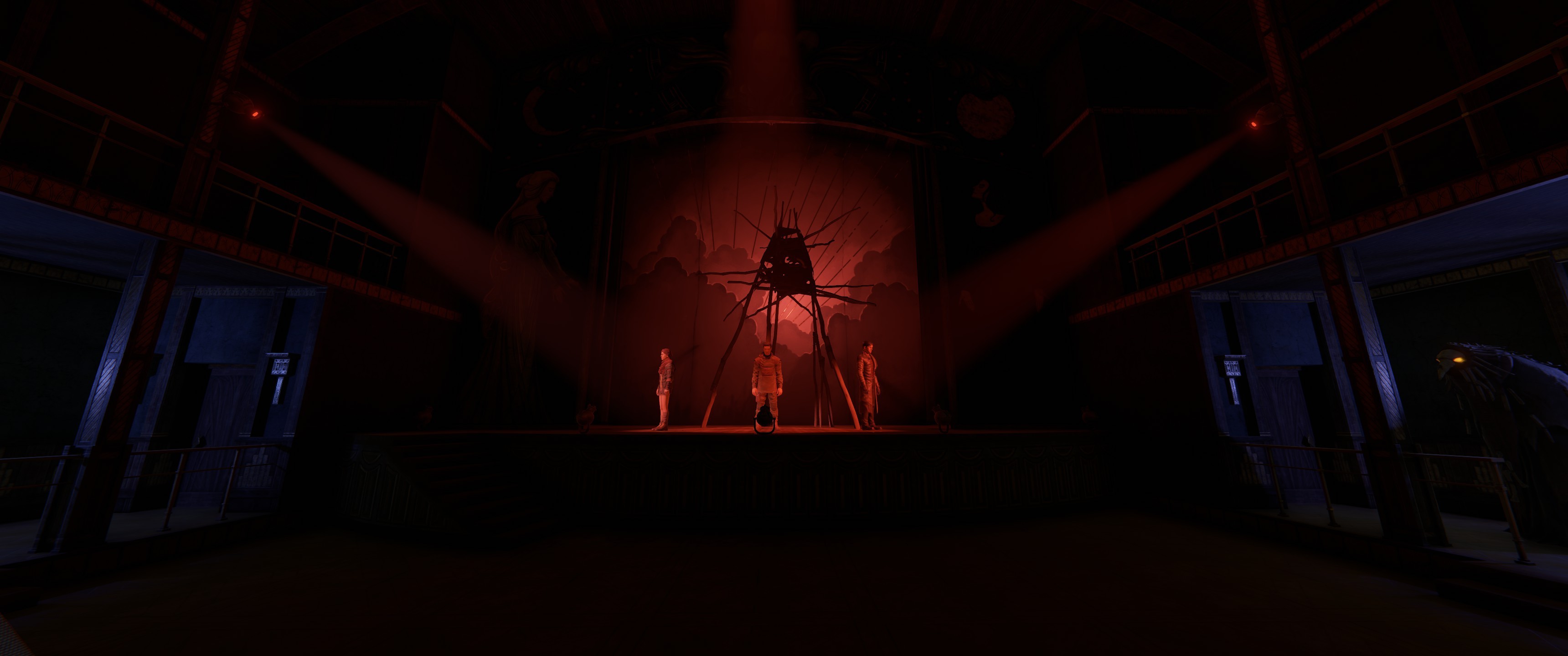
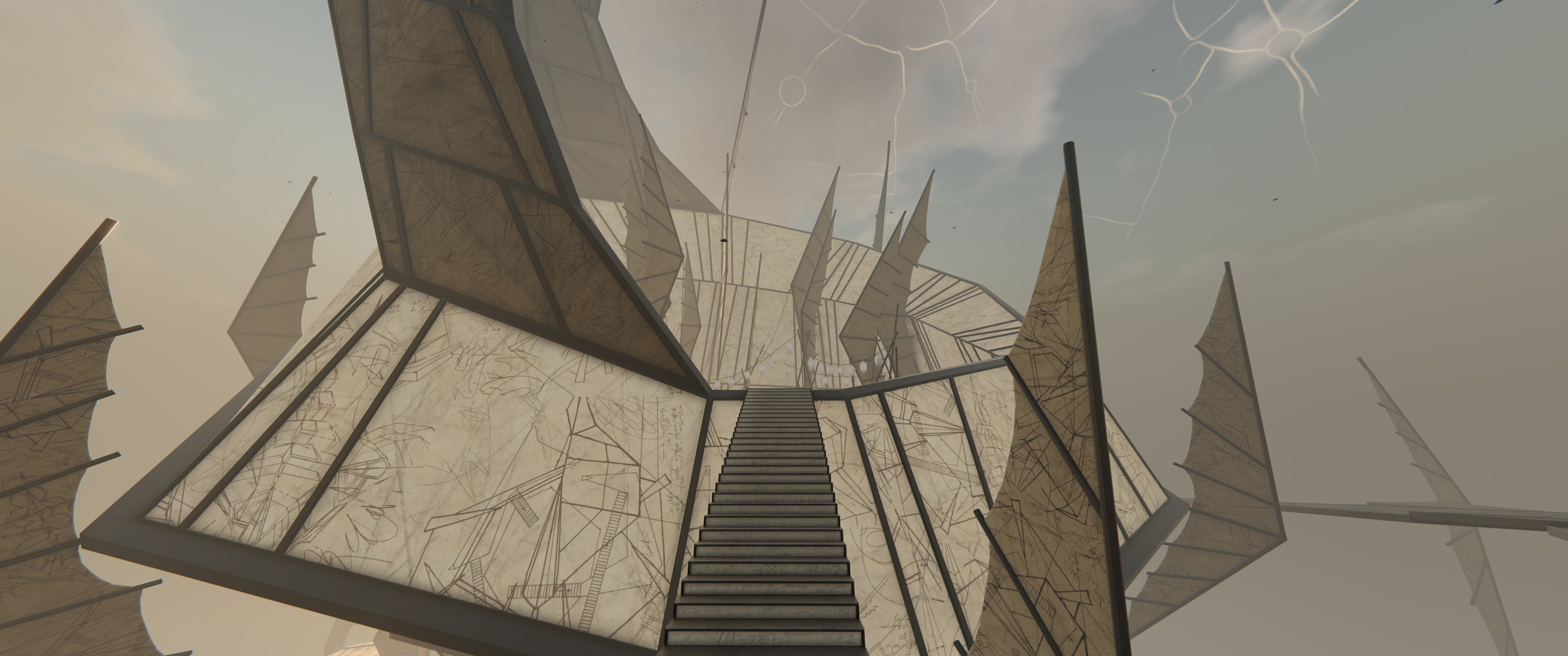
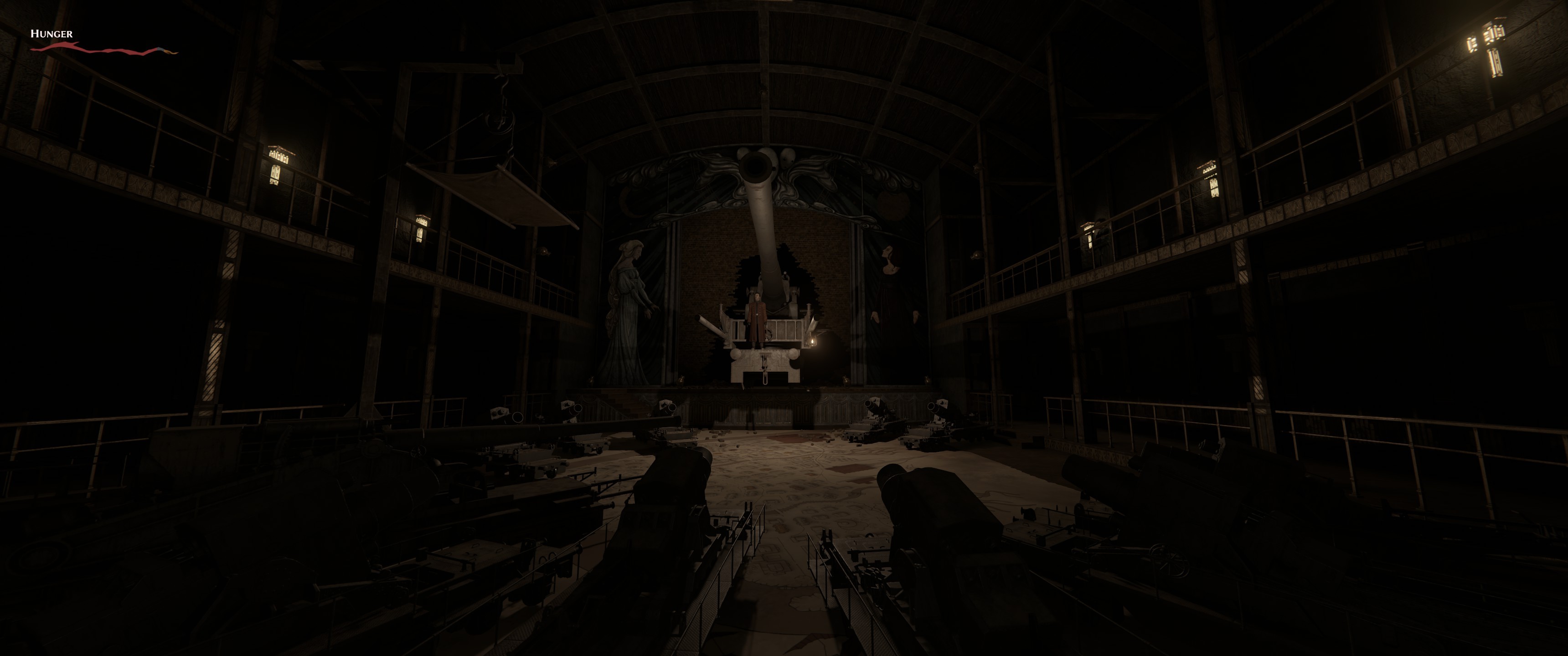

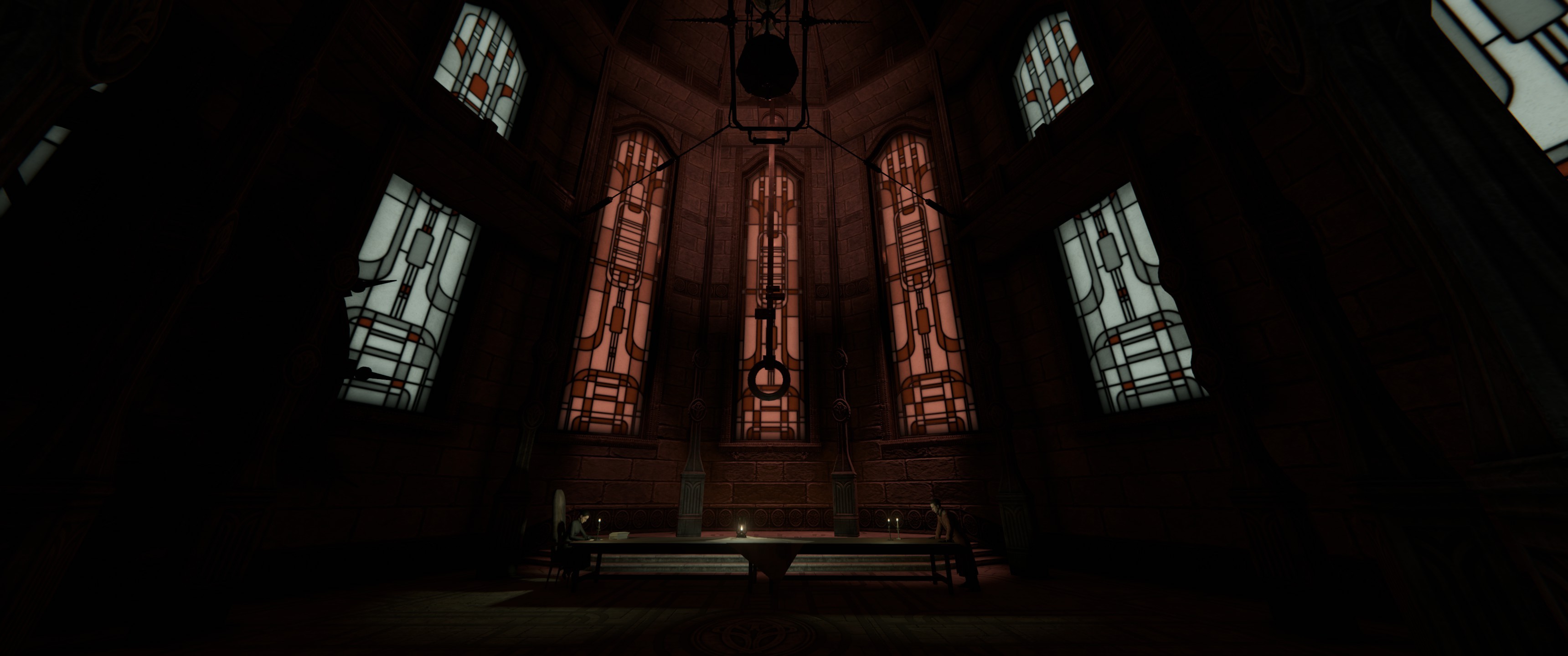

 (11 votes, average: 4.09 out of 5)
(11 votes, average: 4.09 out of 5)



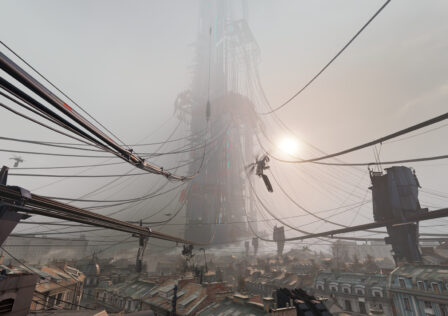
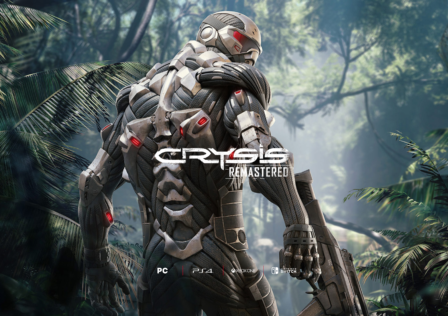
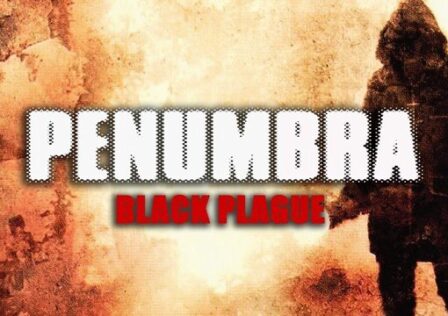
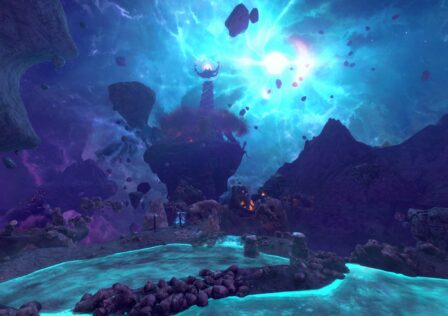

“Come ova here”
Spot on review man. The infected districts will go down in history as the most immersive experience I’ve ever had in a video game. Can’t wait to play through it again!
Well, we are going to have the Bachelor story in Pathologic 3, which I think is the smarter move considering how much time passed since this game came out and the fact that the Bachelor route is a quite different experience from the Haruspex, at least in the original.
It makes sense considering that they almost went bankrupt. I’ll be reviewing Pathologic 3, for sure.